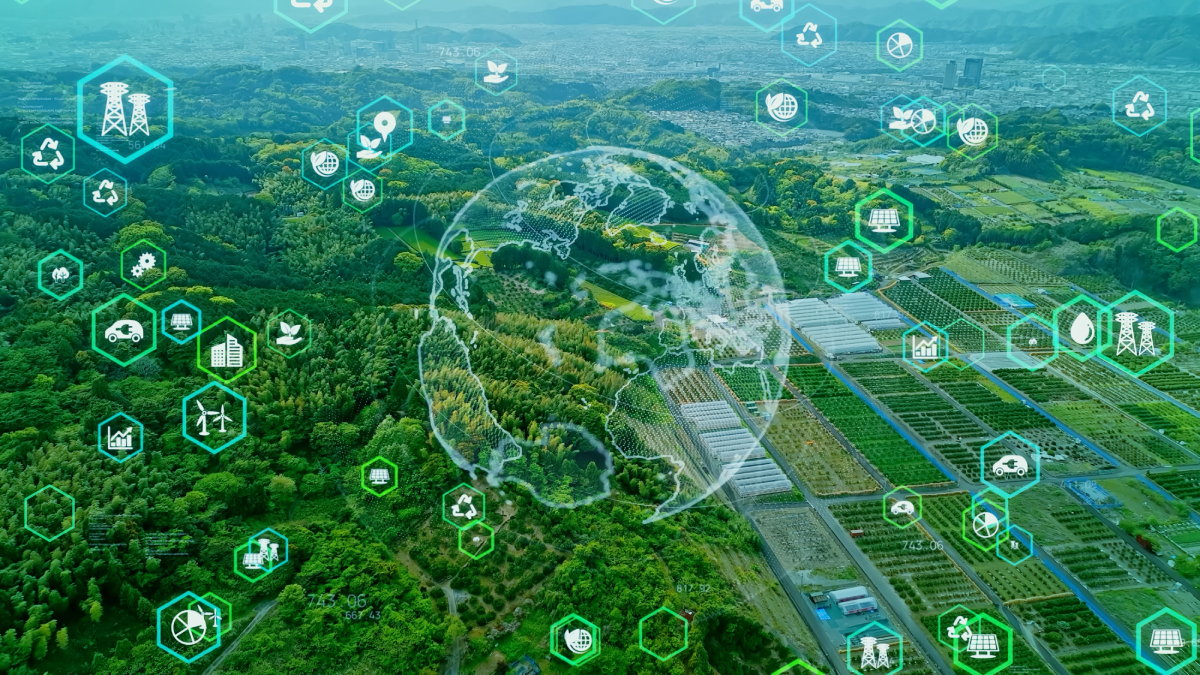Schneider Electric’s new set of metrics is designed to achieve more environmentally sustainable data centres.
Despite increasing pressure for better environmental-impact reporting in data centre operations, according to Schneider, many data centre operators lack the expertise to identify and track metrics in order to implement sustainability measures.
In its Guide to Environmental Sustainability Metrics for Data Centers, Schneider puts forward five categories, each identifying 23 metrics that can help data centres lessen their impact on the environment. The framework is designed to offer guidance to operators at all stages of their sustainability journey, and has options for Beginning, Advanced and Leading.
The guide was developed by Energy Management Research Centre, with guidance from ESG experts, sustainability consultants, data centre scientists and data centre solution architects.
Schneider hopes that its standardisation of key metrics will help bolster the adoption of sustainability principles, improve benchmarking, and progress sustainability within the industry.
“Environmental sustainability reporting is a growing focus for many data centre operators. Yet, the industry lacks a standardised approach for implementing, measuring, and reporting on environmental impact,” said Pankaj Sharma, Executive Vice President, Secure Power Division, Schneider Electric.
“Schneider Electric developed a holistic framework with standardised metrics to guide operators and the industry at large. Our intention with this framework is to improve benchmarking and progress toward environmental sustainability to protect natural resources for future generations.”
Rob Brothers, Programme Vice President for the Datacentre and Support Services Programme at IDC, added, “The data centre industry has made significant progress in increasing energy efficiency; however, as digital demands increase they must remain committed to driving long-term broader sustainability initiatives.
“You can’t have an impact on what you don’t measure; therefore, companies must establish clear and consistent metrics that account for not only efficient technology, but also the consumption (or possible destruction) of natural resources such as water, land and biodiversity.”
The guide can be read online here.

